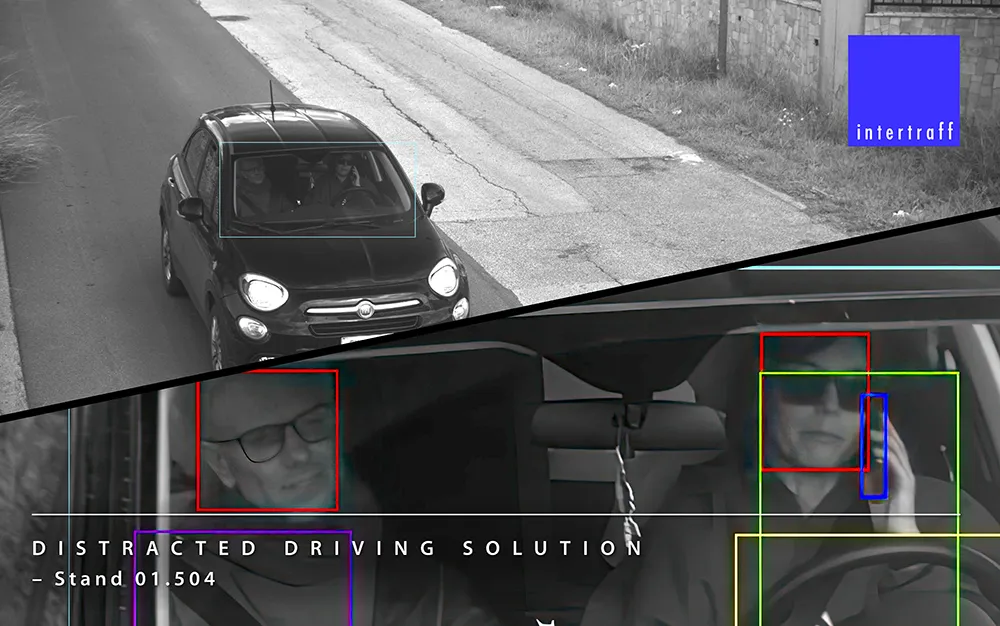“We have completed our portfolio and will present some new solutions for the first time in Amsterdam, like our pole mounted Compact City Housing and the Tollchecker Roadside gantry-less tolling system,” says Boris Wagner, director of sales Traffic Technology Division at Vitronic.
The Compact City Housing allows Lidar-based traffic monitoring from a height of up to three metres, keeping the system out of reach from vandalism and minimising its footprint at the roadside. It supports multi-lane, multiple vehicle tracking and classification, as well as ANPR functionalities.
Tollchecker Roadside is a new alternative to gantry-based ETC systems. It uses machine vision technology to precisely determine a vehicle’s dimensions and identity from the side of the road.
Vitronic will also show its back office software portfolio for remote system monitoring and accessing, case data processing and traffic data management.
Vitronic's complete solutions for safety, security and tolling
Safety, security, road user charging and how it all comes together as the backbone of a smart road network - these are the topics that German machine vision specialist Vitronic will focus on at Intertraffic Amsterdam 2018. The company will showcase how its product range can be applied to a host of applications, from speed and red light enforcement, average speed enforcement, wanted cars search and border control, to electronic toll collection (ETC).
“We have completed our portfolio and will present some
February 22, 2018
Read time: 2 mins
Safety, security, road user charging and how it all comes together as the backbone of a smart road network - these are the topics that German machine vision specialist 147 Vitronic will focus on at Intertraffic Amsterdam 2018. The company will showcase how its product range can be applied to a host of applications, from speed and red light enforcement, average speed enforcement, wanted cars search and border control, to electronic toll collection (ETC).










